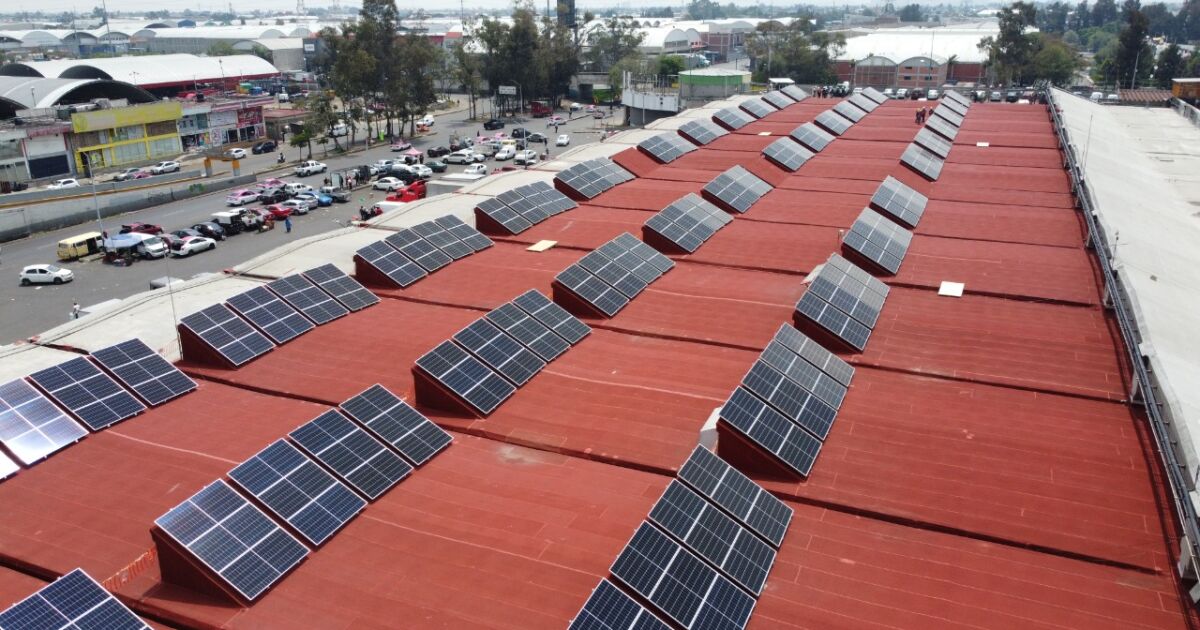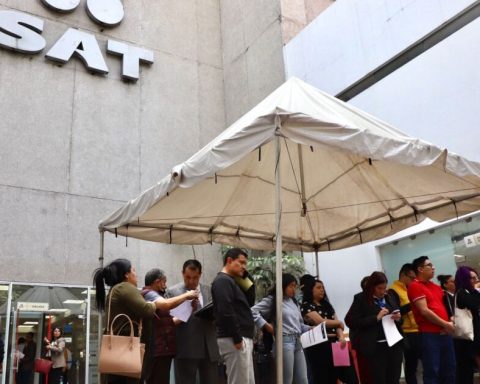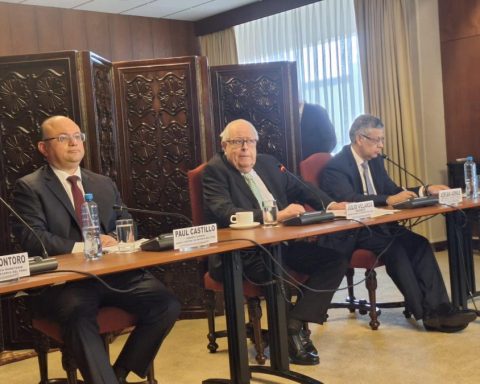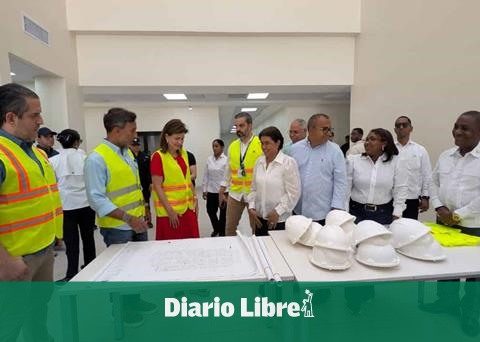“We will benefit the common areas of the Central de Abasto, that is, the expense that the tenants themselves who contribute to the maintenance of the common areas have will be reduced there, their contribution, because all the common areas of the Central de Abasto will have supply of electrical energy through solar panels,” he said at a press conference.
At the same time, it will represent an advance towards the reduction of air pollutants, since 1,637 megawatts will be generated with solar energy, which avoids the emission of 790 tons of carbon dioxide (CO2), which is equivalent to what 2,010 ayacahuite pine trees absorb.
Fadlala acknowledged that the work has progressed more slowly than expected, since a structure is being built to support the weight of the solar cells – each photovoltaic module weighs 29 kilos – which will avoid any excessive load on the slabs of the central.
“Starts are always a bit difficult because you have to do tests on placement, weight, etc., the different tests and this has caused us to fall behind a little but, nevertheless, we already have the structural formula to place the photovoltaic panels” the secretary commented.

















